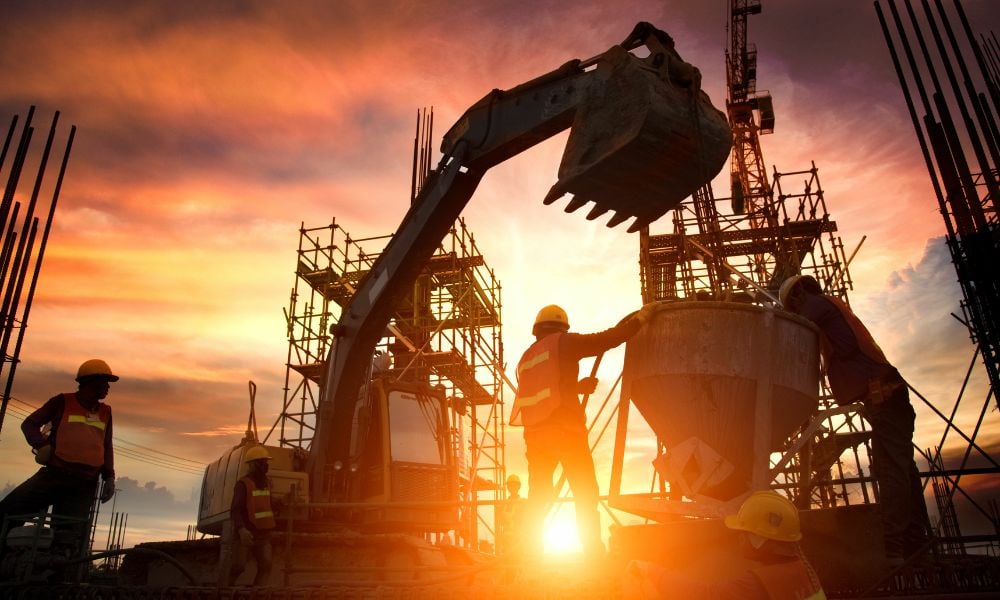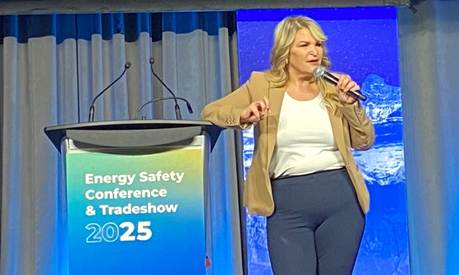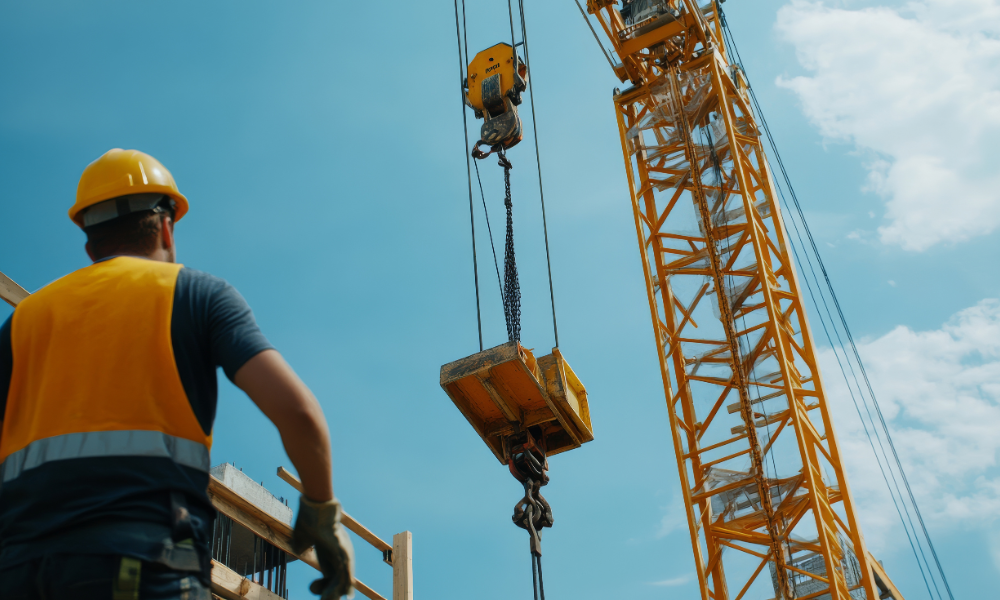'We're all just walking each other home' says Dr. Jody Carrington during closing keynote at Energy Safety Conference

On the final day of the Energy Safety Conference in Banff, Dr. Jody Carrington does what few speakers dare: she opens with an F-bomb, warns the audience she’ll “rip your souls out and put them back together,” and then does exactly that — with humour, hard data, and heart. The renowned psychologist and best-selling author doesn’t shy away from tough topics. Instead, she calls out what’s broken in workplaces and offers a path forward grounded in empathy, connection, and what she calls the greatest superpower: acknowledgement.
“You can have all the finest technological advances, all the AIs, and all the safety checklists,” Carrington tells the packed room. “But it will not matter if people don’t feel seen.”

Burnout, disconnection, and the cost to safety
Carrington’s message lands hard in an industry grappling with burnout, staff shortages, and increasing psychological risk. She points to an undeniable trend: workplace disconnection is reaching crisis levels. Citing research from Cigna, she notes that lonely employees experience a 45% decrease in productivity, while 42% of global workers report burnout, the highest level in recent history.
The consequences go beyond lost output. Carrington calls attention to the stark reality: 75% of all suicides in Canada are men, and half are middle-aged men aged 40–64 — a demographic heavily represented in the energy and safety sectors.
“We’ve never been more disconnected in the history of the free world than we are in this moment,” she says. “We are neurobiologically wired for connection — and yet, the hardest thing we’ll ever do is look at each other.”
Mental health isn’t a soft skill
Carrington argues that mental health isn’t an HR add-on or a nice-to-have. It’s fundamental to safety, leadership, and performance. She challenges safety professionals to stop focusing solely on compliance and behaviour modification, and instead build cultures that regulate emotion. The best leaders, she says, aren’t those who enforce rules — they’re the ones who remain calm in chaos and help others return to their best selves.
“You don’t lose your ability to be great,” Carrington says. “So many of us have simply lost access to it.”
She introduces the concept of “flipping your lid,” using a hand model of the brain to demonstrate how stress shuts down the part of the brain responsible for rational thought. In that state, correction and punishment don’t work — but connection does.
Strategies for health and safety leaders
Carrington doesn’t just diagnose the problem — she offers clear strategies:
- Create space for emotion. Build moments into team routines to check in, not just on tasks, but on people. Emotional regulation starts with being seen.
- Adopt a culture of acknowledgement. This isn’t about fixing, apologizing, or being overly positive. It’s about holding space. “Acknowledgement,” she explains, “is the act of bearing witness to. It must be genuine. It’s not a one-shot deal.”
- Reverse the burnout trajectory. Carrington outlines the classic symptoms: exhaustion, loss of compassion, and futility. Leaders need to recognize these signs in themselves and others — and act before cynicism hardens into culture.
- Model calm. “If you’re not okay, the people you serve don’t stand a chance,” Carrington says. Leaders must prioritize their own mental wellness to show up effectively for their teams.
She recommends practical micro-changes, too: charge your phone outside your room one night a week. Read a book instead of doom-scrolling. Leave space for quiet. “The most important people you work for,” she reminds the audience, “are the ones you go home to.”
A new kind of leadership
At the heart of Carrington’s message is a redefinition of leadership — one that values vulnerability and presence over perfection.
“We are all just here walking each other home,” she says, quoting Ram Dass. “Nobody gets out of here alive.”
Her call to action is simple but powerful: see your people. Not just during performance reviews or incident investigations — but in everyday, in-between moments. Ask Tell me more. Learn their dog’s name. Give a compliment that’s specific and real. “You should see how fast I can get a kid to skate when I know the name of their dog,” she jokes.
By the end of the session, the crowd of safety leaders — many of whom deal with trauma, regulation, and resistance daily — rise for a standing ovation.
Because, as Carrington says, “When we’re acknowledged, we rise.”





